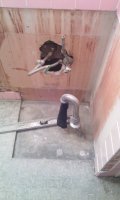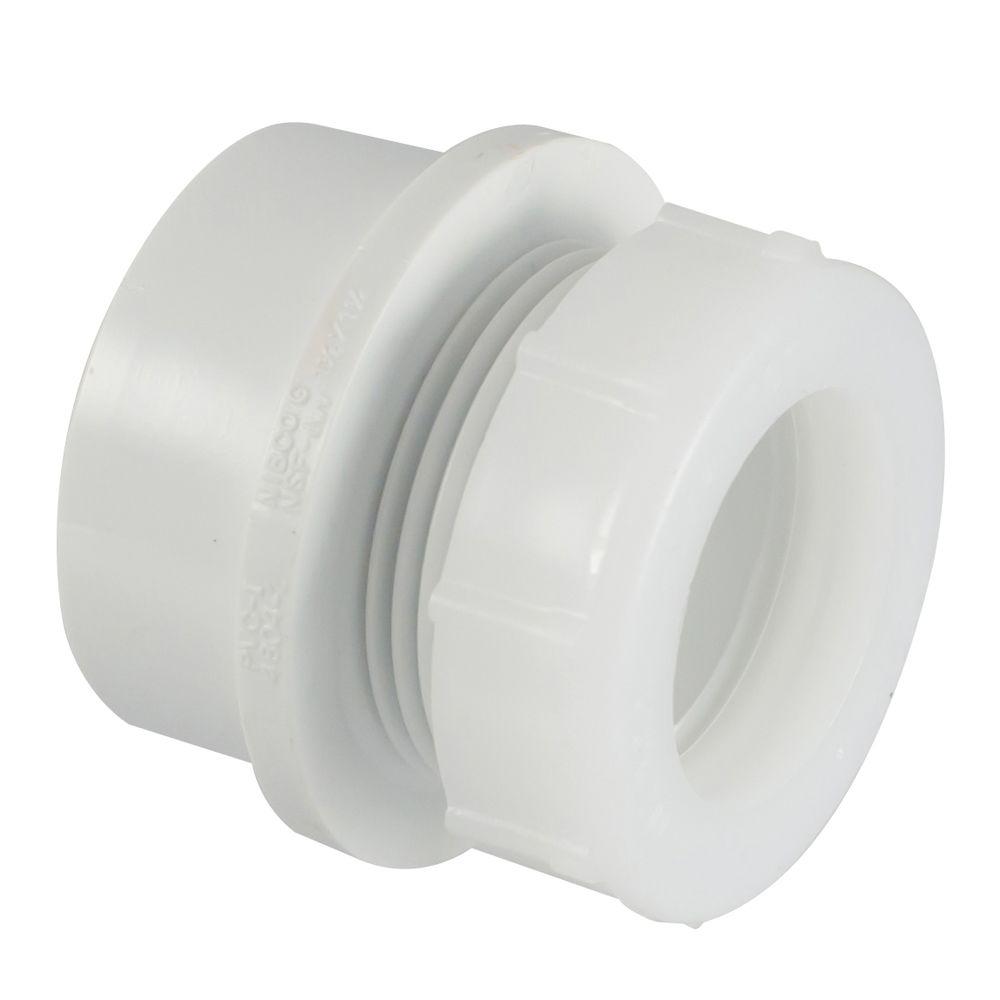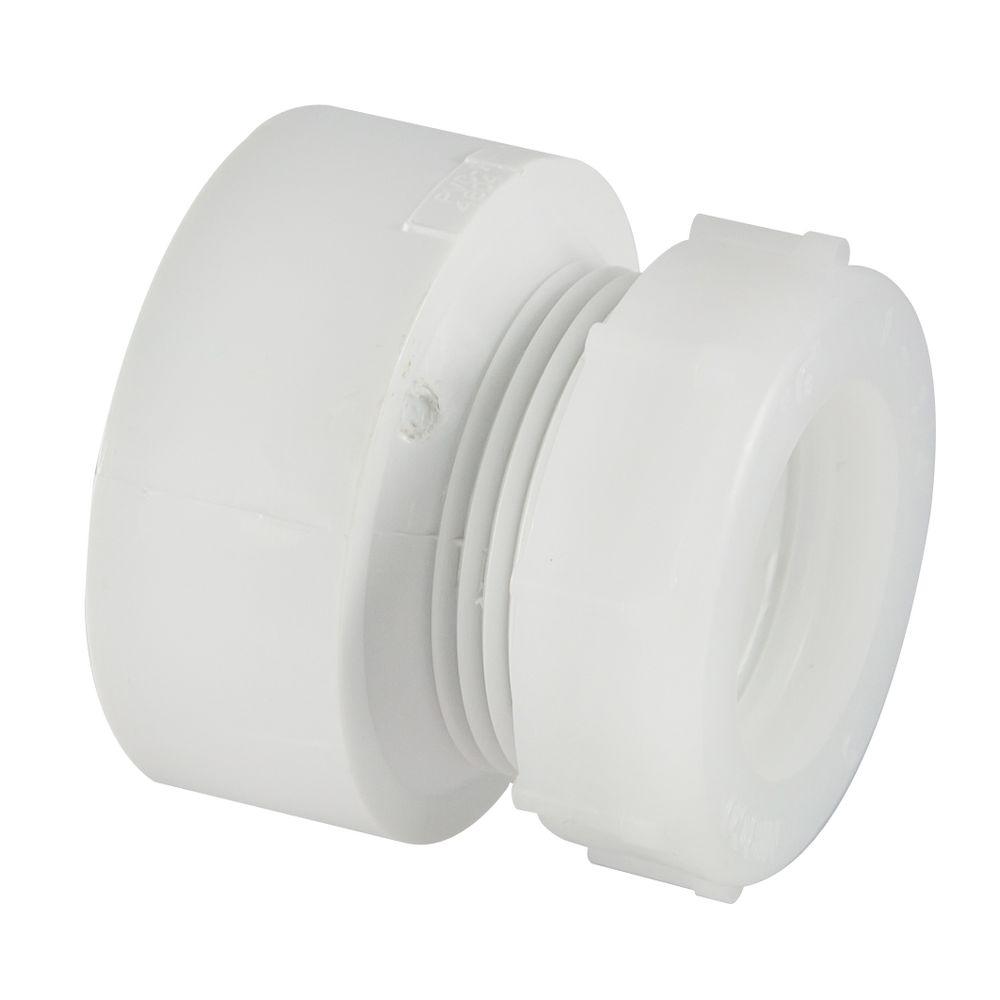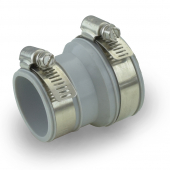Doing my best to DIY. Recently had a plumber over to inspect a toilet flange and he noted that the s traps from the vanities removed have lead piping. He recommended to either chip out the lead pipes and tie in copper pipes to the main waste line or to install new p traps along the back wall where the water lines are. I realize that s traps are not up to code as far as new construction is concerned, but since moving in and before removing the vanities there was never a problem with odor, leaking or gurgling from the vanities or traps. Given that the waste lines currently run into the concrete slab and there are two vanities in the bathroom, this would be a bit of an investment of time and money to try and install new p traps (the more sensible option rather than change the pipes and leave s trap waste line). The house was built in 1953, so based on what I have read the lead pipes have another 30 years if not damaged. This renovation is with the intent to sell within the next few years, so while I would like to do a quality job, I also realize that I can't plan entirely for the long haul. We were planning on cutting the new vanities to accommodate the waste line, although they have open backs to accommodate the water lines. I'm just wondering if:
1) continuing to have s traps is as big of a deal as some people claim
2) would it be worthwhile to install a p trap with an AAV valve on the present line to at least prevent any further suctioning.
3) if installing p traps along the wall is the better idea, should this be entirely copper or would pvc suffice. The plumber said he usually would not use pvc underground. Not trying to be sold, but not trying to butcher the job either.
Maybe I'm a bit confused given that we're dealing with pipes running into a concrete slab, which seems to make the project a bit more complicated than if they were running under plywood. Any thoughts, suggestions or insights would be appreciated. Thanks.
1) continuing to have s traps is as big of a deal as some people claim
2) would it be worthwhile to install a p trap with an AAV valve on the present line to at least prevent any further suctioning.
3) if installing p traps along the wall is the better idea, should this be entirely copper or would pvc suffice. The plumber said he usually would not use pvc underground. Not trying to be sold, but not trying to butcher the job either.
Maybe I'm a bit confused given that we're dealing with pipes running into a concrete slab, which seems to make the project a bit more complicated than if they were running under plywood. Any thoughts, suggestions or insights would be appreciated. Thanks.




